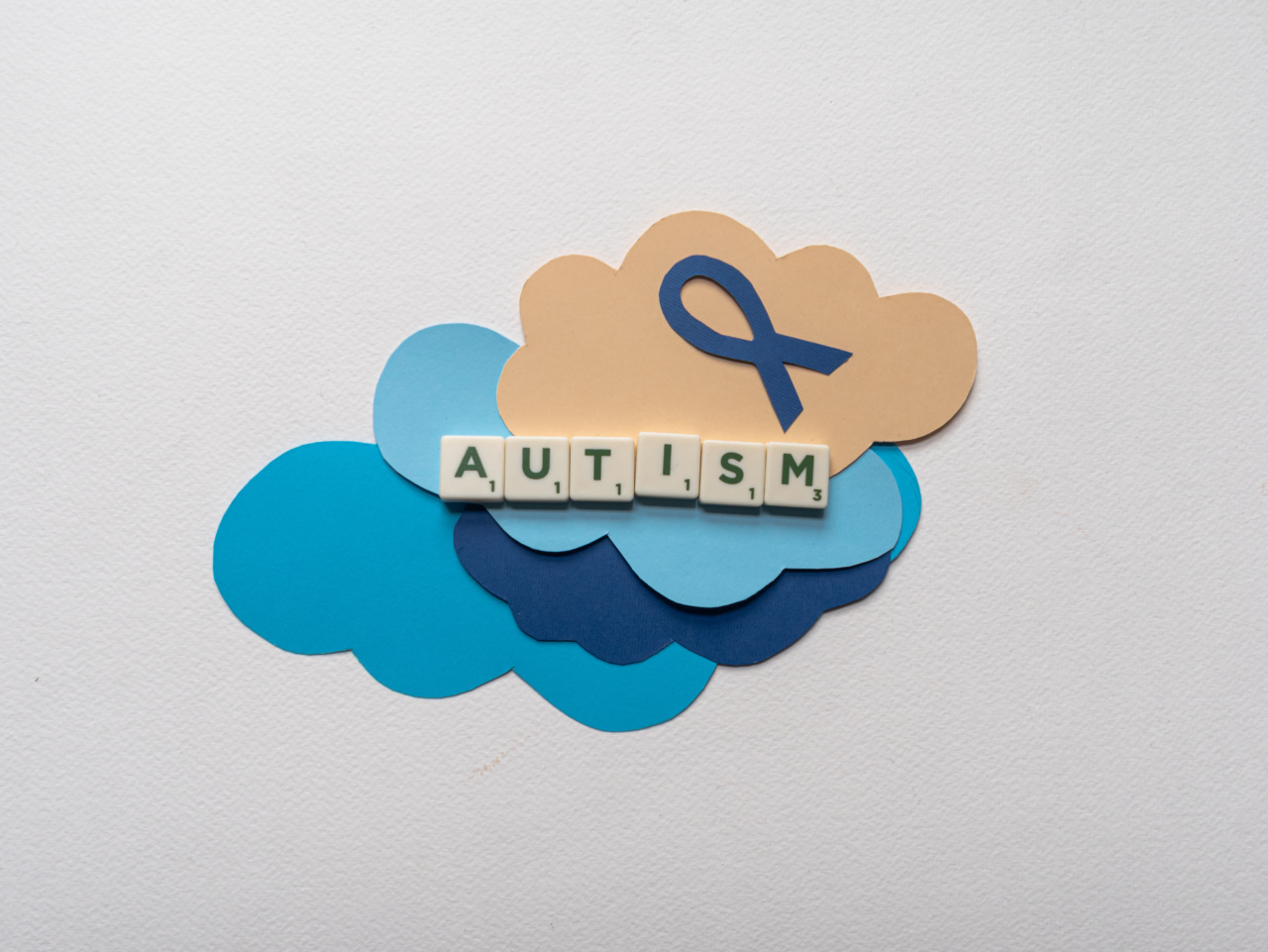Autism, or autism spectrum disorder (ASD), refers to a range of conditions characterized by challenges with social skills, speech and nonverbal communication, and repetitive behaviors.
The Centers for Disease Control and Prevention (CDC) estimates that 1 in 54 children have been diagnosed with ASD, making it the fastest-growing developmental disability in the United States. Despite its prevalence, there are still many misconceptions and myths surrounding autism. Thus, it’s important to shed light on the real facts about autism.
What Are the Symptoms of Autism?
One of the most common misconceptions about autism is that it presents the same way across individuals. However, autism is a spectrum disorder, which means that it affects everyone differently.
That said, there are some hallmark symptoms that are commonly associated with autism. These include:.
- Difficulty with verbal and nonverbal communication
- Difficulty with social interactions
- Repetitive behaviors or rituals
- Intense interests in specific topics
- Sensory sensitivities (e.g. over or under-sensitivity to noise, taste, touch, or smell)
- Difficulty adapting to changes in routine or environment
It’s important to note that not every person with autism will experience all of these symptoms, and the severity of the symptoms can vary from mild to severe.
What Causes Autism?
The exact causes of autism are still not fully understood. However, research suggests that a combination of genetic and environmental factors may be at play.
Some studies have suggested that certain genes may increase the likelihood of developing autism, while other studies have looked at factors such as prenatal exposure to certain chemicals or complications during pregnancy or birth. It’s important to note that there is no evidence to support the claim that vaccines cause autism.
How Is Autism Diagnosed?
There is no single test for autism. Rather, a diagnosis is typically made through a combination of behavioral observations and assessments.
A healthcare provider or specialist will typically evaluate the individual’s communication skills, social interactions, and behaviors to determine if they meet the criteria for a diagnosis of autism. It’s important to note that autism can be diagnosed at any age, from infancy to adulthood.
What Are Some Common Treatments for Autism?
There is no cure for autism, but there are a variety of treatments and therapies available that can help manage symptoms and improve quality of life for individuals with autism. Some common treatments and therapies include:.
- Behavioral therapy, including Applied Behavior Analysis (ABA)
- Social skills therapy
- Speech and language therapy
- Occupational therapy
- Sensory integration therapy
- Medications to manage symptoms such as anxiety or ADHD
It’s important to note that treatment plans for autism should be individualized based on the unique needs of each individual with autism.
What Are Some Common Myths About Autism?
While there is a growing awareness of autism, there are still many myths and misconceptions surrounding the condition. Some common myths about autism include:.
- Autism is caused by bad parenting or a lack of discipline
- All individuals with autism are savants or have special talents
- People with autism can’t feel emotions or have empathy
- Autism is a rare condition
- Autism is always severe and leads to a lack of independence in adulthood
All of these myths are false and can be harmful, as they contribute to stigmatization and misunderstanding of autism.
How Can I Support Individuals with Autism?
There are many ways to support individuals with autism and create a more inclusive society. Here are some suggestions:.
- Be patient and try to understand the individual’s unique perspective
- Avoid using derogatory language or jokes about autism
- Take the time to learn more about autism and how it affects individuals
- Support organizations that advocate for individuals with autism
- Encourage employers and schools to provide accommodations and support for individuals with autism
The Bottom Line
Autism is a complex and varied condition that affects many individuals and families. By understanding the real facts about autism and dispelling myths and misconceptions, we can work towards a more inclusive and supportive society for all.



























